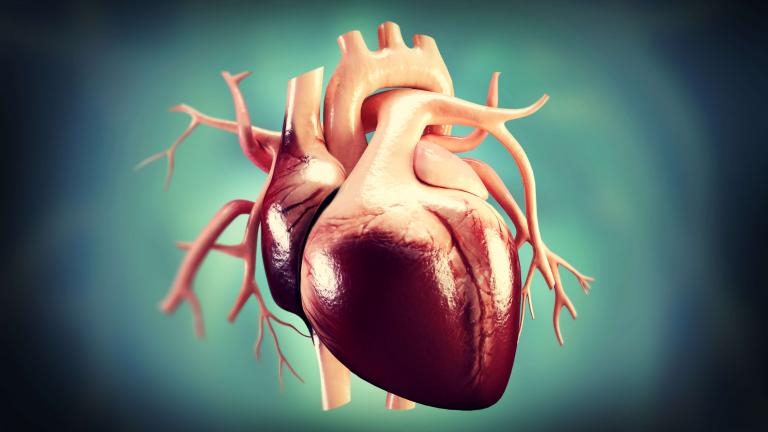
RESEARCH FEATURE

An official website of the United States government
Here’s how you know
Official websites use .gov
A .gov website belongs to an official government organization in the United States.
Secure .gov websites use HTTPS
A lock ( ) or https:// means you’ve safely connected to the .gov website. Share sensitive information only on official, secure websites.
For years, people familiar with the rare condition known as Marfan syndrome viewed it as an untreatable disease that too often resulted in early death, mainly from heart problems. The genetic disorder, which acts on the body’s connective tissue, is difficult to diagnose, and nearly half of those who have it don’t even know they have it, experts say.
But the outlook for Marfan syndrome, which affects 1 in 5,000 people in the United States, now seems brighter, thanks in part to a small but mighty patient-led movement that has helped bring lab science quickly to the clinic. The activism that spurred the movement is part of a growing national trend: citizens taking the lead in trying to make a difference in medical research.
“The Marfan community has always been very engaged,” said Josephine Grima, Ph.D., chief science officer of The Marfan Foundation, a non-profit organization that supports research and educational efforts for the condition. “The way patients have gotten involved, both as volunteers and advocates, to help push research efforts forward in this area has truly been amazing.”
Until recently, only a handful of human studies existed on Marfan syndrome, and the testing of new treatments was largely based on animal models. But in 2006, The Marfan Foundation formed a partnership with the National Heart, Lung, and Blood Institute’s (NHLBI) Pediatric Heart Network to do something groundbreaking: develop the largest-ever clinical trial for Marfan syndrome.
In partnership with the Foundation, the Pediatric Heart Network recruited participants through conferences, patient advocacy meetings, newsletters, and social media. The Foundation also helped raise funds to support trial costs. With support from NHLBI, the trial quickly met enrollment goals and was completed in 2014. It involved 21 clinical centers in the United States, Canada, and Belgium, and recruited 608 volunteers aged 6 months to 25 years.
The study focused on treating the enlarged aortas of individuals with Marfan syndrome. Over time, the aorta, the large blood vessel leading from the heart, can enlarge and finally tear, resulting in serious illness or death. In fact, aortic tearing or dissection is the leading cause of death in people with Marfan syndrome. While the most serious complications of Marfan syndrome involve the heart and blood vessels, the disease can affect many parts of the body. Typical signs include a tall, thin build; long arms, legs, fingers and toes; a curved spine; and a chest that sinks in or sticks out. But not everyone has these traits.
The study compared the effectiveness of two different drugs, losartan and atenolol, for treating this condition. It found that both are safe and effective in reducing the rate of aortic enlargement. The finding helped expand therapeutic options for people with the disorder and paved the way for future studies on treatments for Marfan syndrome.
“Recruiting this many patients with a rare disease was a wonderful achievement,” said Victoria Pemberton, a program officer with the NHLBI. “This story illustrates how government and patient communities can work together in medical research.”
Patient advocates were also instrumental in adding several spinoff studies to the trial that are still ongoing. Those studies are looking at the role genetic factors play in responding to losartan and atenolol, the effect of these drugs on bone and muscle mass, and how these drugs affect quality of life, such as pain severity and frequency of doctor visits.
In addition to new treatment options, improved awareness of symptoms, better diagnostic tools, and better disease monitoring have all combined to boost survival prospects for those with Marfan syndrome, Dr. Grima said. Although the disease is hard to detect, genetic testing, family history, and imaging technologies such as echocardiograms and computerized tomography (CT) scans can help narrow the diagnosis. And when students are medically screened to determine eligibility for sports participation, doctors can use the opportunity to look for signs of Marfan syndrome, particularly in tall, slender athletes, Dr. Grima noted.
NHLBI’s Pemberton said this kind of awareness about the disorder and opportunities for participation in research have brought about positive changes in research. She added, “the progress that we’ve made in Marfan research would not have been possible without the help of strong patient engagement and advocacy.”